Recombinant Human CEACAM3 protein(Met1-Gly155), His-tagged
| Cat.No. : | CEACAM3-3942H |
| Product Overview : | Recombinant Human CEACAM3 (NP_001806.2) (Met 1-Gly 155) was expressed in HEK293, with a polyhistidine tag at the C-terminus. |
| Availability | April 16, 2025 |
| Unit | |
| Price | |
| Qty |
- Specification
- Gene Information
- Related Products
- Case Study
- Application
- Download
| Species : | Human |
| Source : | HEK293 |
| Tag : | His |
| Protein Length : | 1-155 a.a. |
| Form : | Lyophilized from sterile PBS, pH 7.4. Normally 5 % - 8 % trehalose, mannitol and 0.01% Tween80 are added as protectants before lyophilization. |
| Molecular Mass : | The recombinant human CEACAM3 consists of 132 amino acids and predictes a molecular mass of 14.5 kDa. In SDS-PAGE under reducing conditions, the apparent molecular mass of rhCEACAM3 is approximately 18-23 kDa due to glycosylation. |
| Endotoxin : | < 1.0 EU per μg of the protein as determined by the LAL method |
| Purity : | > 95 % as determined by SDS-PAGE |
| Storage : | Samples are stable for up to twelve months from date of receipt at -20°C to -80°C. Store it under sterile conditions at -20°C to -80°C. It is recommended that the protein be aliquoted for optimal storage. Avoid repeated freeze-thaw cycles. |
| Reconstitution : | It is recommended that sterile water be added to the vial to prepare a stock solution of 0.2 ug/ul. Centrifuge the vial at 4°C before opening to recover the entire contents. |
| Gene Name | CEACAM3 carcinoembryonic antigen-related cell adhesion molecule 3 [ Homo sapiens ] |
| Official Symbol | CEACAM3 |
| Synonyms | CEACAM3; carcinoembryonic antigen-related cell adhesion molecule 3; CGM1; CD66d; CD66d antigen; carcinoembryonic antigen CGM1; nonspecific cross-reacting antigen; carcinoembryonic antigen gene family member 1; CEA; W264; W282; CD66D; MGC119875; |
| Gene ID | 1084 |
| mRNA Refseq | NM_001815 |
| Protein Refseq | NP_001806 |
| MIM | 609142 |
| UniProt ID | P40198 |
| ◆ Recombinant Proteins | ||
| CEACAM3-676H | Recombinant Human carcinoembryonic antigen-related cell adhesion molecule 3, His-tagged | +Inquiry |
| CEACAM3-3942H | Recombinant Human CEACAM3 protein(Met1-Gly155), His-tagged | +Inquiry |
| CEACAM3-1160H | Recombinant Human CEACAM3 Protein, His-SUMO-tagged | +Inquiry |
| Ceacam3-8195R | Recombinant Rat Ceacam3 protein, His-tagged | +Inquiry |
| CEACAM3-2698H | Recombinant Human CEACAM3 | +Inquiry |
| ◆ Cell & Tissue Lysates | ||
| CEACAM3-2074HCL | Recombinant Human CEACAM3 cell lysate | +Inquiry |
Case 1: Kuiper JWP, et al. J Cell Sci. 2023
CEACAM3 helps immune cells engulf specific bacteria without opsonins by activating Rac, a key player in cell structure changes. Using a CRISPR/Cas9 screen, researchers identified CYRI-B as a protein that hinders this phagocytosis process. Cells without CYRI-B showed enhanced engulfing activity, which reversed when CYRI-B was restored. This highlights CYRI-B's role as a negative regulator in the CEACAM3-mediated bacteria capture pathway.
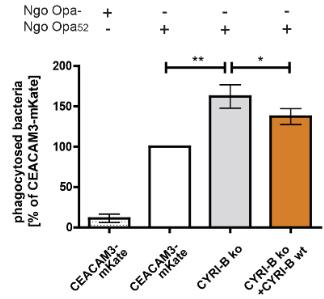
Fig1. CEACAM3-mediated phagocytosis was determined by flow cytometry.
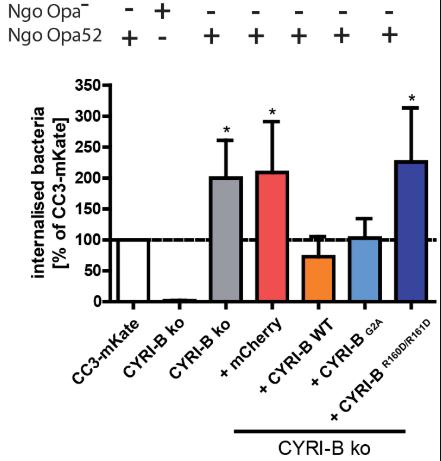
Fig2. CEACAM3-mediated phagocytosis of Ngo Opa52 or non-opaque gonococci (Ngo Opa−) by the complemented cell lines from B was quantified using gentamicin protection assays.
Case 2: Pils S, et al. PLoS One. 2012
CEACAM3 helps granulocytes recognize and ingest specific bacteria without opsonins through a sequence that gets activated by Src kinases. This activation triggers Rac, leading to actin changes necessary for engulfing bacteria. Our research found that proteins Nck1 and Nck2 bind to phosphorylated CEACAM3, aiding this process. Disrupting Nck1 or Nck2 hampers bacterial intake by affecting actin rearrangements facilitated by the WAVE2 complex.
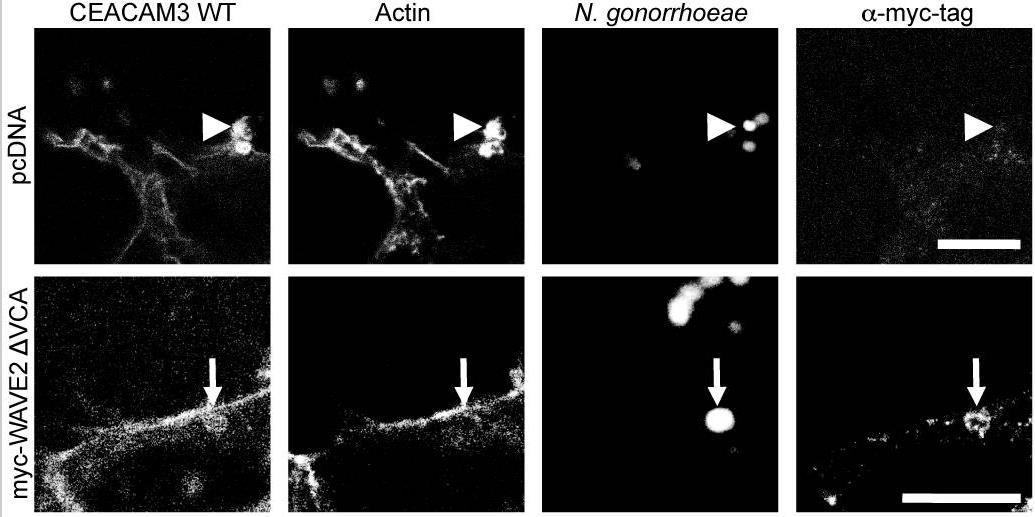
Fig1. 293 cells were co-transfected with CEACAM3 WT-GFP together with myc-WAVE2 ΔVCA or the empty vector.
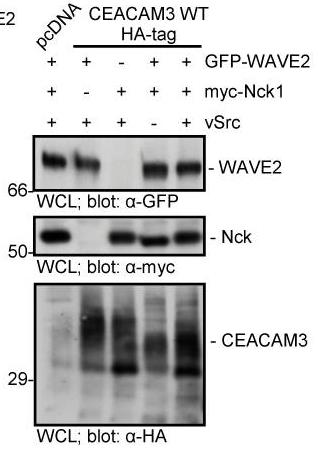
Fig2. 293 cells were co-transfected with GFP-WAVE2, myc-Nck1, CEACAM3 WT-HA and vSrc as indicated.
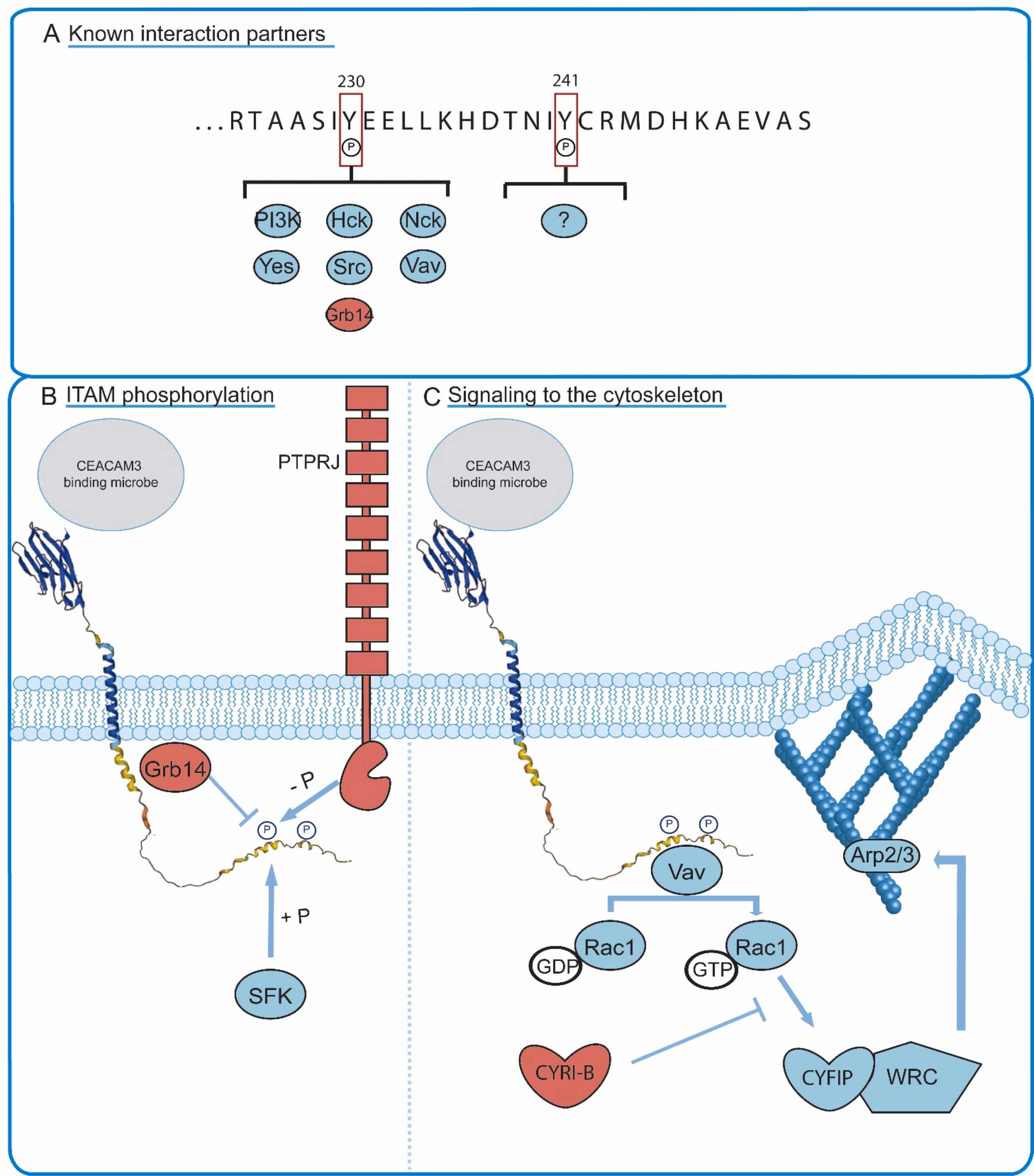
Fig1. Schematic overview of the negative regulation of CEACAM3. (Johannes W P Kuiper, 2024)
Not For Human Consumption!
Inquiry
- Reviews
- Q&As
Ask a Question for All CEACAM3 Products
Required fields are marked with *
My Review for All CEACAM3 Products
Required fields are marked with *
Inquiry Basket


